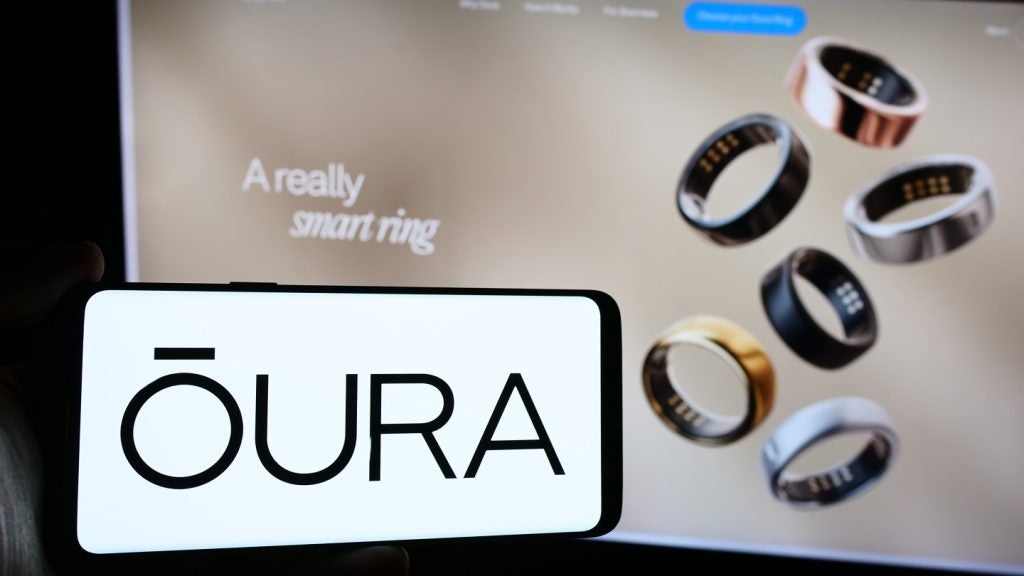Whoop. has been granted a patent for a method that enhances data quality in physiological monitoring. The approach involves comparing uncalibrated heart rate data from photoplethysmography monitors with calibrated data from electrocardiography monitors, using machine learning to assess accuracy based on contextual features. GlobalData’s report on Whoop gives a 360-degree view of the company including its patenting strategy. Buy the report here.
According to GlobalData’s company profile on Whoop, Treatment progress monitoring was a key innovation area identified from patents. Whoop's grant share as of June 2024 was 25%. Grant share is based on the ratio of number of grants to total number of patents.
Data quality assessment for wearable heart rate monitoring
The patent US11986323B2 outlines a method for improving the accuracy of heart rate data obtained from photoplethysmography (PPG) monitors by comparing it with calibrated data from electrocardiography (ECG) monitors. The method involves collecting both calibrated and uncalibrated heart rate data from multiple subjects simultaneously, along with feature data that characterizes the data acquisition context. A quality metric is then associated with the uncalibrated data based on its proximity to the calibrated data. A quality estimator engine, potentially utilizing machine learning techniques, evaluates the likelihood that the uncalibrated data is accurate. This engine calculates a conditional probability for new uncalibrated data, assigning a quality measure that reflects its accuracy relative to the ECG data.
Additionally, the patent describes the use of various types of feature data, including signals from motion sensors and values derived from PPG signals. The method allows for user feedback regarding adjustments to the PPG monitor based on the quality measure, which may include changes in the monitor's position or tension. The patent also encompasses a computer program product that executes these methods on wearable devices, enhancing the reliability of heart rate measurements. Overall, the invention aims to provide a robust framework for assessing and improving the quality of heart rate data collected from wearable PPG sensors, ensuring that users receive accurate physiological information.
To know more about GlobalData’s detailed insights on Whoop, buy the report here.
Data Insights
From

The gold standard of business intelligence.
Blending expert knowledge with cutting-edge technology, GlobalData’s unrivalled proprietary data will enable you to decode what’s happening in your market. You can make better informed decisions and gain a future-proof advantage over your competitors.







